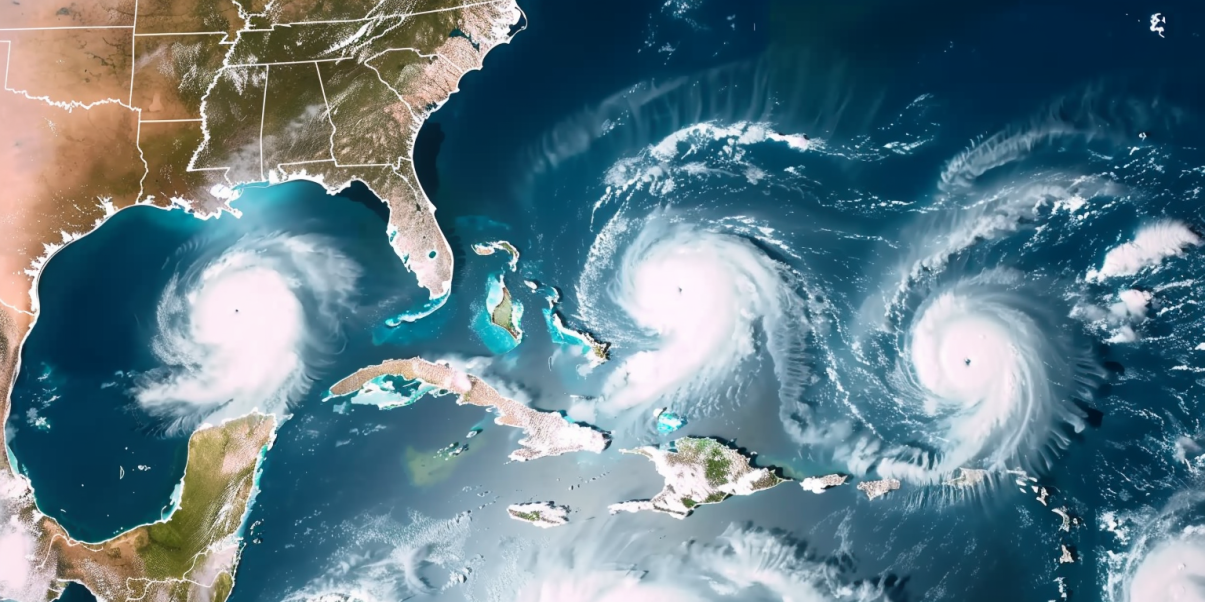For far too long, businesses have struggled with the limitations of traditional insurance offerings when faced with flood-related losses. The National Flood Insurance Program (NFIP) and private insurers have often failed to extend adequate coverage to meet all the needs arising from flood incidents. This has left companies vulnerable and exposed to the full financial brunt of natural disasters. Sensing a pressing need in the market, FloodFlash has crafted a BI coverage solution that aggressively fills this protection gap, assured that businesses will no longer have to wade through the aftermath of floods without sufficient support.
FloodFlash’s Parametric Trigger System
Parametric insurance is changing the face of disaster recovery by leveraging technology for efficiency and fairness in settlements, and FloodFlash is at the vanguard with its innovative sensor-based system. This system measures flood levels, and once pre-determined thresholds are crossed, it automatically triggers claims. This objective trigger mechanism eliminates the guesswork and delays often associated with traditional claim assessment processes. The advent of such straightforward, transparent claim mechanisms is revolutionizing business interruption insurance by reducing the time it takes for funds to reach those in dire need.
Benefits and Flexibility of BI Coverage
The flexibility of using claim payouts without restrictions is one of the crowning features of FloodFlash’s BI coverage. In the past, businesses faced constraints that prevented them from fully addressing the multi-faceted nature of their post-flood recovery needs. Now, with the ability to use funds across a broad spectrum—even in scenarios of non-damage BI and denial of access—businesses are empowered to apply resources in ways that are directly aligned with their specific recovery strategies.
Rapid-Payment Claims Model
FloodFlash’s promise of swift policy payouts is a testament to its dedication to client well-being. In keeping with its reputation for speed and efficiency, the company ensures that funds reach businesses within weeks, not months, following a flood. This rapid-payment claims model is a critical component of the BI coverage, as it helps minimize disruption and accelerates the restoration of normal operations—essential for businesses to thrive through trying times.
Coverage Limits and Target Sectors
Catering to a broad spectrum of sectors, FloodFlash offers coverage limits up to $5 million per location, which can be increased upon underwriter approval. By setting such substantial limits, FloodFlash is positioning its BI product to serve industries across the board—from hotels to healthcare. This inclusiveness demonstrates a profound understanding of the diverse ways in which different sectors can be affected by flooding and the importance of bespoke insurance solutions that cater to those specific needs.

